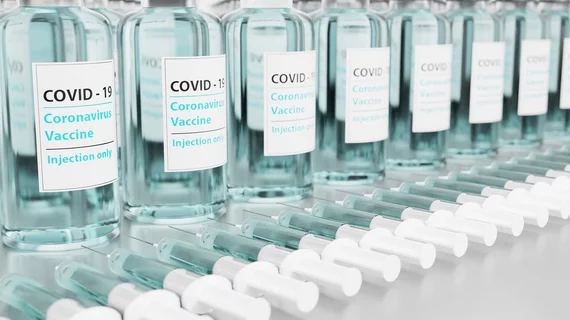CDC eases COVID-19 guidelines
The Centers for Disease Control and Prevention (CDC) has loosened COVID-19 guidelines, citing “significantly less risk of severe illness, hospitalization and death.”
The new, streamline COVID-19 guidance recognizes that COVID-19 is still spreading globally, but the agency ended its recommendations for social distancing and quarantine that were implemented at the start of the pandemic in 2020.
“We’re in a stronger place today as a nation, with more tools—like vaccination, boosters, and treatments—to protect ourselves, and our communities, from severe illness from COVID-19,” said Greta Massetti, PhD, MPH, MMWR author. “We also have a better understanding of how to protect people from being exposed to the virus, like wearing high-quality masks, testing and improved ventilation. This guidance acknowledges that the pandemic is not over, but also helps us move to a point where COVID-19 no longer severely disrupts our daily lives.”
The new guidance reflects the changes over the last two-plus years through the pandemic, with vaccination rates having a big impact. More than one million Americans have died from COVID-9, with nearly 93 million cases reported since the onset of the pandemic, according to data from Our World in Data and The New York Times.
“The current conditions of this pandemic are very different from those of the last two years,” the CDC’s Greta Massetti, an author of the guidelines, said in a statement.
The new guidance still lists vaccination as the top priority for staying safe against COVID-19, and the CDC urged Americans to stay up to date on their vaccines, which protect against severe illness. The guidelines specifically drop the recommendation that Americans quarantine if they come in contact with a person infected with COVID-19. Instead, those who have been exposed are recommended to wear a high-quality mask for 10 days and test at day five after exposure. Those who are sick should isolate from others, even if they are vaccinated.
If testing positive for COVID-19, a person should quarantine for at least five days at home, away from others in the home. If symptoms have resolved after five days, the isolation period may end, though the infected person should avoid being around people who are more likely to get very sick from COVID-19 until at least day 11, the CDC said.

